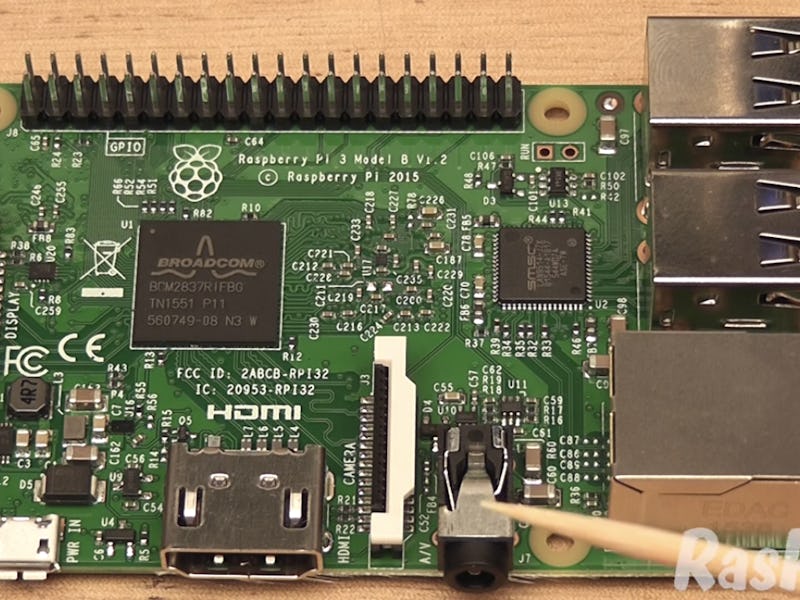The Raspberry Pi 3 Is the $35 Micro-Computer of the Future
Built-in wifi and bluetooth + a quad-core processor = endless possibility.

The Raspberry Pi 3 is a computer. It has four USB ports, a HDMI port, a micro USB plug for power, built-in wifi and bluetooth, an SD card slot, an ethernet port, a quad-core processor, an integrated graphics card, and one gigabyte of RAM. It’s also the size of a credit card, with no case or adornment, its circuits bare to manipulation and experimentation. It costs $35.
For some computer users, the Pi’s benefits can be hard to see. Even the newest model, the Raspberry Pi 3 model B, which was released today, is only about as fast as a smartphone; while you can easily hook it up to a monitor and run basic programs or browse the web, there’s no point in ditching your MacBook yet. But for programmers, tinkerers, and amateur engineers, the Raspberry Pi is a blank slate to power fantastic, wacky, and useful machines. The newest version has built in wifi and bluetooth functions, making it even easier to communicate with the device and further expanding its applications.
Any computerized or digital device needs a basic computer to power it — it needs a processor that can take in information, make calculations, and respond to that information. The Raspberry Pi, first introduced four years ago with the Raspberry Pi 1, is essentially a tiny brain waiting for someone to tell it what to do. What makes it so special is that it’s fast, simple, easy to use, and cheap.
It’s also really, really easy to hook up to other stuff — and once you start, the possibilities are endless.
People have used Raspberry Pi’s to make “smart mirrors”, fully functional (although not very comfortable looking) smart phones, custom-made video-game consoles, pizza and beer delivery buttons, and a headset that lets you see like a hammerhead shark.
It's nice to know that this is an option but I think my eyes work fine?
At Maker Faire last year, someone stacked hundreds of them together and made a supercomputer. Think of Raspberry Pi’s as Lego blocks (which they’re somtimes literally used with), but for making real-world inventions fly, roll, compute, calculate, or just draw on Easter eggs. And they’re only getting better and faster, which means the inventions they can power will get bigger, crazier, and more futuristic.
Watch this video for a full breakdown of the new model’s specs: